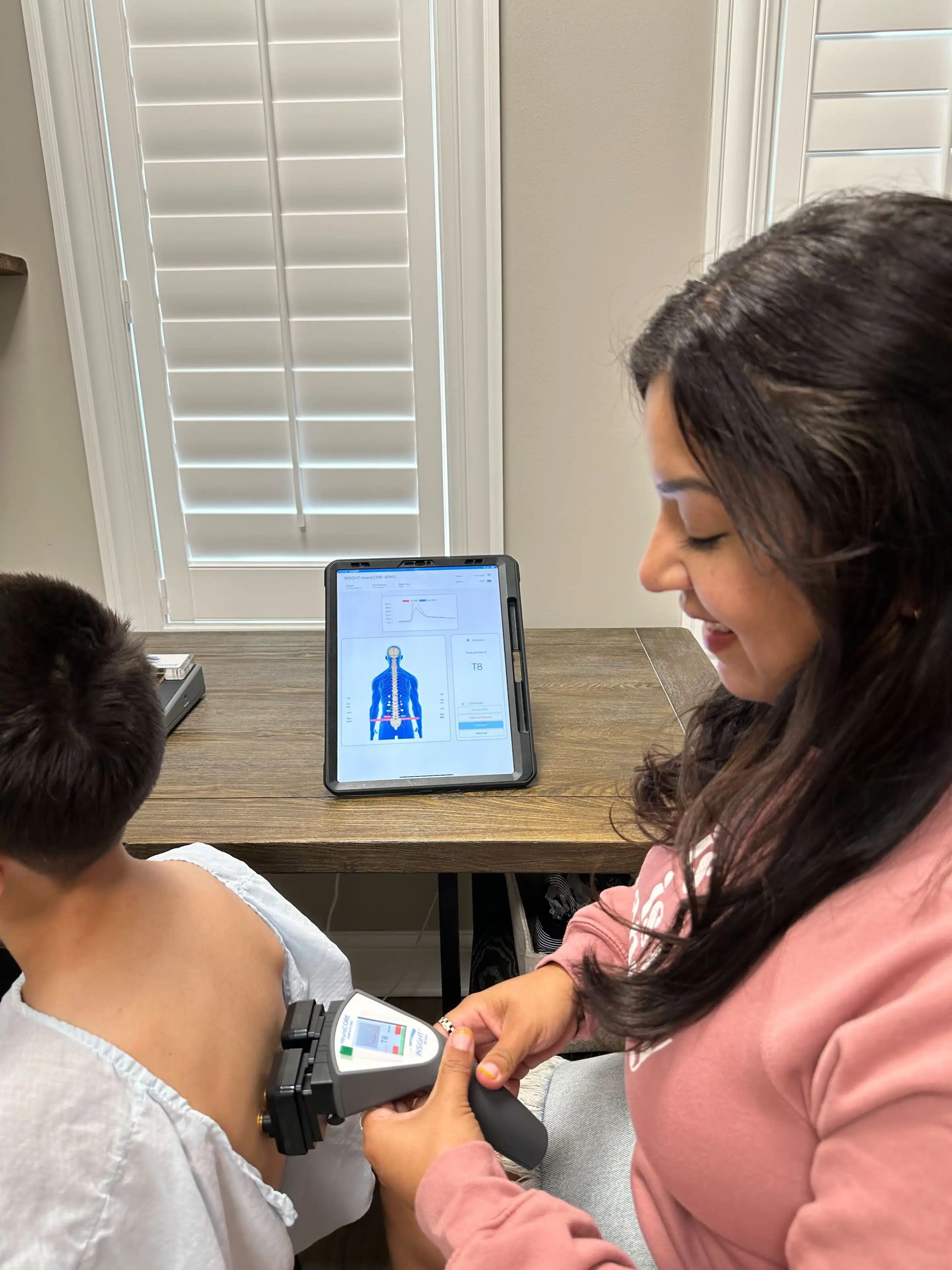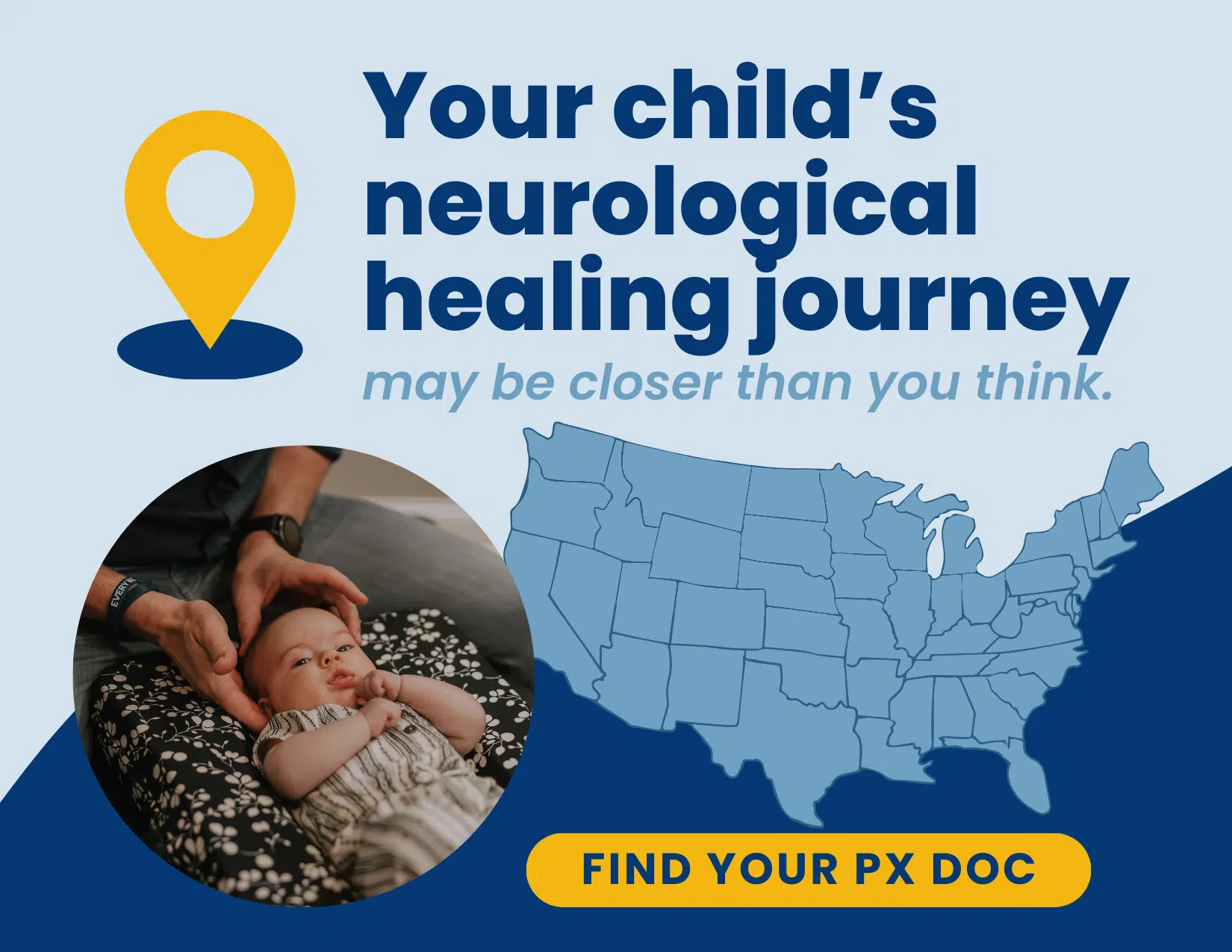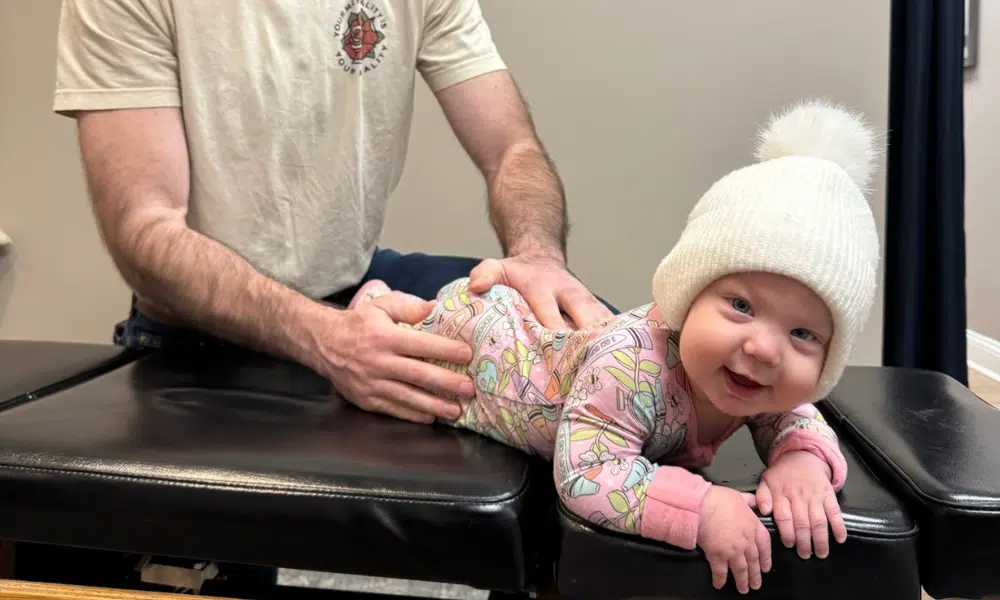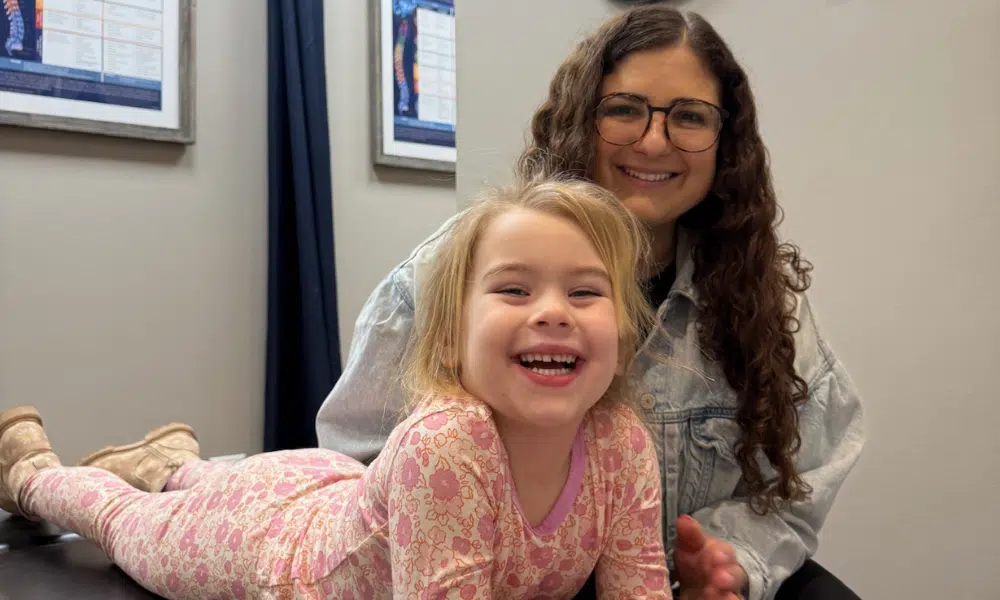Navigating an autism diagnosis can be an emotional and confusing time for families. Parents have many unanswered questions after noticing developmental delays or social challenges. Seeking clarity about the complex spectrum of autism disorders becomes an urgent priority.
But, are there different types of autism? In the past, experts categorized different types of autism like Asperger’s syndrome, PDD-NOS, Rett syndrome. Some were considered “high-functioning” versus more severe “low-functioning” variants. Today, however, these specific diagnoses are folded into one umbrella disorder—Autism Spectrum Disorder (ASD).
This article examines the evolution of ASD classification. We discuss the various presentations of abilities and challenges across the spectrum beyond just the severity-based levels. Most importantly, we advocate truly personalized care that identifies each child’s risk factors and restores nervous system balance to unleash their potential.
What is Autism Spectrum Disorder?
Autism Spectrum Disorder (ASD) refers to a group of complex neurological and developmental conditions that affect how a person communicates, interacts socially, learns, and processes sensory information. It begins very early in childhood.
Core characteristics include difficulties with social skills and restrictive, repetitive patterns of behaviors or interests. For example, children with ASD may avoid eye contact, prefer solitary play, demonstrate an intense focus on certain topics, or frequently flap their hands.
These behaviors vary greatly from mild challenges seeming almost typical to quite pronounced disability requiring very substantial support. That is why ASD is called a “spectrum” disorder – it covers a vast range of symptom severity and support levels.
Prevalence has risen sharply from 1 in 110 children in 2006 to 1 in 36 today. Scientists are still studying multiple factors behind this rapid increase. One thing is clear—we can no longer look at autism as a narrow or rare condition. We must appreciate all its diverse presentations.
Understanding “The Perfect Storm”
At PX Docs, we recognize autism as a “Perfect Storm” brewing early in a child’s development. It often begins prenatally if the mother experiences high levels of emotional, physical, or environmental stress during pregnancy. This can overwhelm the developing fetal nervous system.
“Perfect Storm” factors that contribute to the rise of autism include:
- Prenatal Origins: Emotional, physical, and chemical stress experienced by the mother during pregnancy can overwhelm fetal nervous system development
- Birth Trauma: Interventions like C-sections and vacuum or forceps delivery can cause neural misalignments, interference, and neurological stress for newborns
- Recurrent Infection and Antibiotic Use: Frequent illnesses and antibiotic exposure in first years damages the microbiome, gut health, and immune function
- Nutritional Deficiencies: Inadequate nutrition during crucial developmental windows impairs growth and neurological maturation
- Toxin Exposure: Environmental toxins can overstimulate the nervous system and shift children’s bodies into inflammatory states
- Chronic Stress: Excessive fight-or-flight activation from recurring stress accumulates overtime, stuck in survival mode
- Subluxation: Tension and misalignment choke neural pathways, contributing to global sensory, digestive, and developmental disorders
- Dysautonomia: Imbalance between key branches of the nervous system disrupts homeostasis across body systems
Birth trauma represents another key trigger as interventions like C-sections, vacuum/forceps, or oxygen deprivation physically stress the delicate newborn brain and spine. This causes subluxation (misalignment irritating nerves) and neural interference among critical communication pathways.
Factors like recurrent infections, gut issues, poor nutrition, toxins, and stress in infancy/early childhood can also overload the imbalanced nervous system. This cascading “Perfect Storm” of factors fuels sensory, immune, digestive, and developmental disorders—the hallmarks of autism.
How Has Autism Been Classified?
In the past, different forms of autism were categorized into several specific disorders under the Psychiatric Diagnostic and Statistical Manual of Mental Disorders IV (DSM-IV). These distinct subtypes included:
- Asperger’s Syndrome: Considered high-functioning autism with no speech delay. Children demonstrated average or advanced intelligence and language abilities but significant challenges connecting socially, making eye contact, or relating to peers. Their restricted interests and repetitive behaviors were also quite pronounced.
- PDD-NOS: Pervasive Developmental Disorder Not Otherwise Specified was a broader diagnosis when aspects of autism were present without meeting the full criteria for other disorders. Symptoms ranged from mild to quite debilitating.
- Autistic Disorder: Also referred to as “classic” autism. Children experienced limited speech and language abilities, extreme difficulty connecting with others socially, and intense adverse reactions when routines were disrupted. Disruption often led to visible frustration and meltdowns.
- Rett Syndrome: Primarily affected gross motor skills and hand abilities. Children typically develop for the first 6 months before rapid regression between ages 1 to 4 years. Autism-like symptoms often emerge alongside this physical decline.
- CDD: Childhood Disintegrative Disorder was very rare. Children were marked by normal development up until age 2, followed by an abrupt, significant loss of skills almost overnight by age 4. Losses included language, motor abilities, bowel/bladder control, and social connections.
This differentiation aimed to tailor treatment plans based on the specific variants presented in each child. However, the release of DSM-5 in 2013 brought a dramatic shift in perspective. All subcategories are folded into one overarching diagnosis—Autism Spectrum Disorder (ASD).
Are There Different Types of Autism? The 3 Levels of Autism Severity
Today, an ASD diagnosis includes a severity level rating from 1 to 3. This gives a general sense of the degree of support a child will need across their lifespan to thrive. However, it still fails to capture subtle day-to-day variations.
Level 1 ASD
Level 1 ASD signifies requiring just some support. These higher-functioning children generally develop age-appropriate verbal language, writing, and cognitive capacities to progress academically with minimal help. However, sensory regulation, transitions, focus, and nuanced social dynamics often need to be improved despite otherwise strong intellect.
Level 2 ASD
Level 2 ASD requires substantial support for daily functioning at home and school. Speech and expressive language face greater impediments, from limited vocabulary to ongoing struggles conveying wants, thoughts, or needs verbally without aid. Learning social cues and age-expected academics also proves consistently challenging and necessitates hands-on assistance across settings.
Level 3 ASD
Finally, Level 3 ASD indicates requiring very substantial support indefinitely to navigate most daily activities and roles throughout life safely. Verbal abilities may be limited or fully absent, requiring alternate communication modes. Repetitive behaviors are more frequent and disruptive. Sensory regulation falters more often, as seen in related meltdowns. This level signifies needing round-the-clock oversight.
Beyond Levels: Appreciating Every Child’s Unique Abilities
While the updated severity-based classification system attempts to gauge support needs for those with autism, it still oversimplifies this multifaceted spectrum. Children sharing the same level display tremendous diversity across strengths, challenges, co-occurring issues like anxiety or ADHD, response to therapies, and more based on the specific neurological differences present.
For example, some kids with Level 1 ASD have no learning disabilities yet struggle immensely with crippling sensory overloads. Others in Level 2 slowly acquire speech and language, allowing them to integrate relatively well socially into general classrooms with assistance. Even nonverbal children can range from being fully dependent and needing physical support to being able to participate actively in their community with minor accommodations.
In reality, the unique form of autism manifests as a dynamic fingerprint within each child. Support requirements ebb and flow daily and year to year as new capabilities emerge while needs shift simultaneously. Appreciating this innate variability allows us to avoid convenient labels and meet children where they stand.
Caring For the Whole Child: The PX Docs Difference
At PX Docs, we recognize caring appropriately for autism requires looking beyond severity levels to embrace each child’s unique blend of differences and capabilities. This demands an equally distinctive approach.
We start by assessing contributing “perfect storm” factors from family history and genetics to the prenatal period, pregnancy journey, birth experience, and early development. Our advanced INSiGHT scans measure nervous system imbalance, subluxation, neural interference, and more to pinpoint areas disrupted.
By contrast, traditional medical models define autism as a lifelong diagnosis and focus solely on managing variant behaviors and symptoms through therapies and psychiatric medications. This protocol fails to address the underlying neurological, sensory, digestive, and immunological dysfunction so often involved.
The Future of Autism: Focus on Abilities and Neurodiversity
The future looks brighter for those diagnosed with Autism Spectrum Disorder thanks to greater societal awareness and acceptance of neurological diversity as a normal aspect of humanity. People now better understand that while autistic brains are wired differently, this also imparts avenues of exceptionality.
Society is still learning to accommodate and nurture the unique abilities those with ASD can offer in areas like mathematics, computer programming, visual arts, animal training, and scientific research. Some workplaces now actively recruit autistic thinkers, while many schools adopt teaching strategies better suited for diverse learning needs.
Most promisingly, those living with autism are increasingly finding their voice as advocates after years of being dismissed or spoken for. They share firsthand wisdom on reasonable adjustments to the environment and communication that could radically improve day-to-day functioning for all. The mantra “Nothing about us without us” reminds policymakers to include autistic individuals in all decisions influencing their lives.
At PX Docs, we’re dedicated to championing those with atypical neurological wiring as positive change makers instead of solely focusing on challenges such as disabilities. Our innovative, neurologically-focused approach is grounded in compassion and a commitment to helping all children embrace their full potential. To learn more, visit our website today to find a PX Doc near you.





